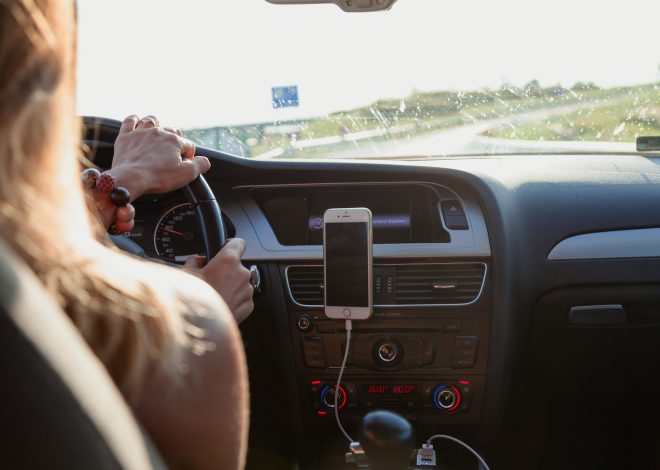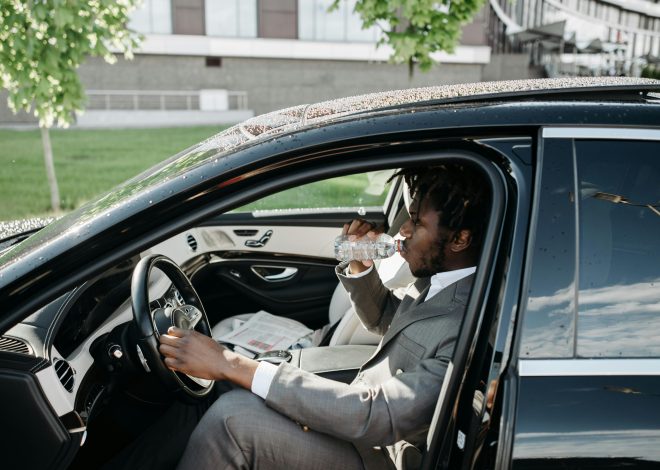
Top Tips for Success in Road Safety: Stay Aware, Stay Protected
Introduction
Every time you get behind the wheel, you’re making more than a trip—you’re making a decision that affects your safety and the safety of others. Road safety isn’t just about following rules—it’s about awareness, responsibility, and proactive habits that help prevent accidents and save lives.
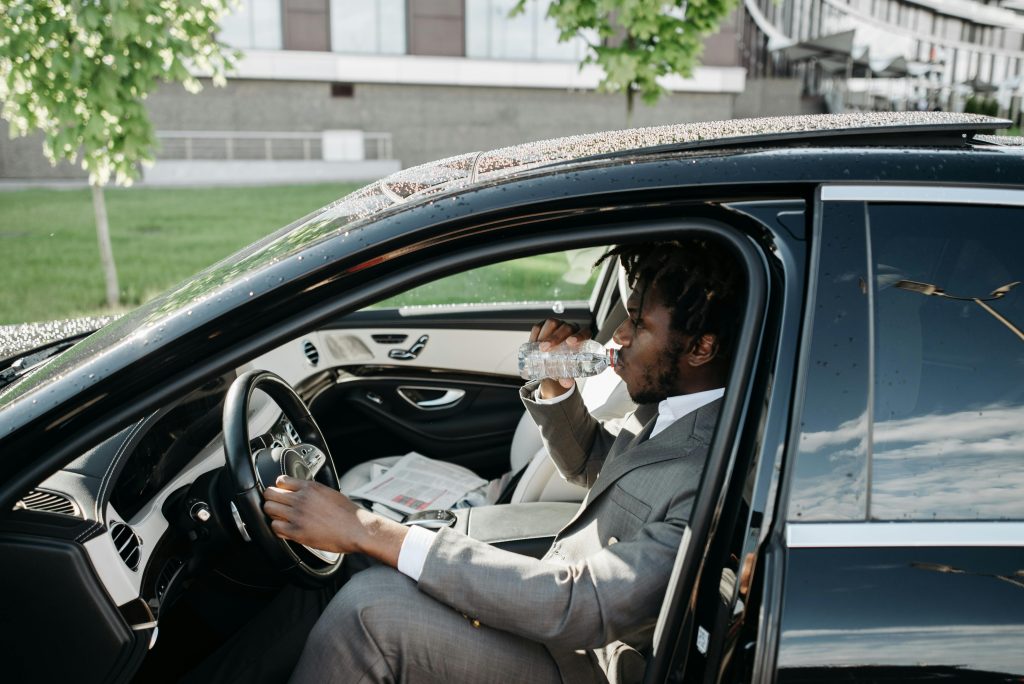
At Drivion.com.au, we’re committed to promoting smarter, safer driving for Australians everywhere. Whether you’re a learner, commuter, or professional driver, these top tips for success in road safety will help you drive with greater confidence and reduce your risk on the road.
1. Always Stay Focused and Avoid Distractions
Distracted driving is one of the leading causes of crashes in Australia.
Common distractions:
- Texting or using your phone
- Eating or drinking while driving
- Adjusting navigation or infotainment systems
- Talking to passengers without focusing on the road
Tip: Put your phone on Do Not Disturb and use hands-free features if absolutely necessary. Keep your eyes—and your mind—on the road.
2. Obey Speed Limits at All Times
Speeding reduces your ability to react and increases both the risk and severity of collisions.
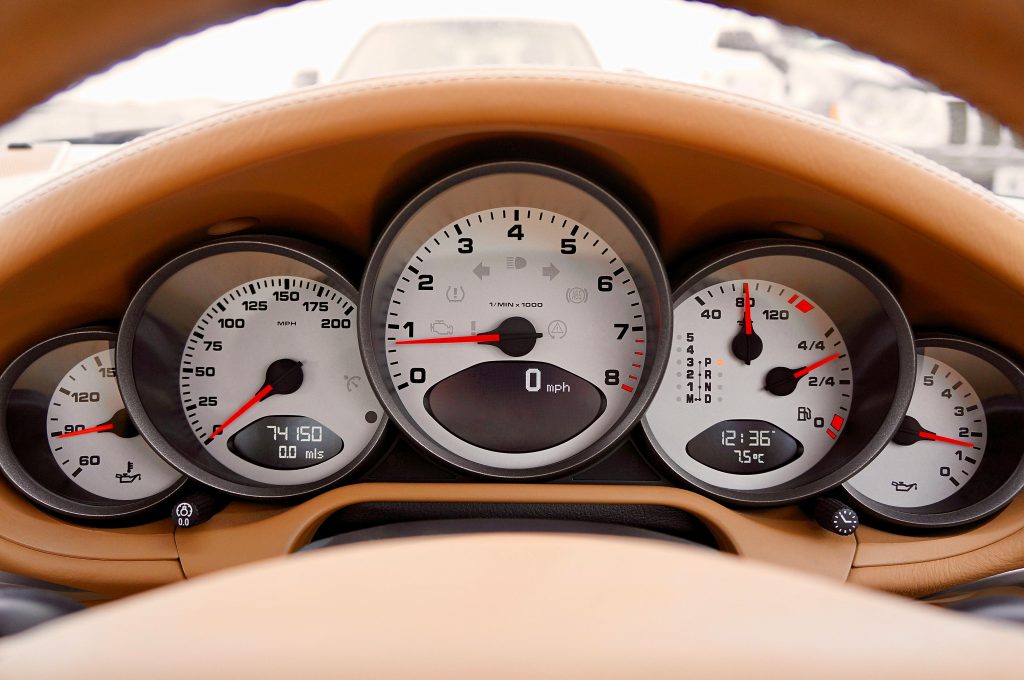
Speed safety tips:
- Adjust speed in wet, dark, or high-traffic conditions—even if you’re within the limit
- Pay attention to school zones, construction areas, and suburban streets
- Use cruise control on highways to maintain a steady pace
- Respect variable speed signs in tunnels and on freeways
Reminder: Speed limits are not suggestions—they’re legal maximums designed for safety.
3. Keep a Safe Following Distance
Tailgating leaves no room for error.
Rule of thumb:
- Maintain a 3-second gap between your vehicle and the one ahead
- Double the distance in rain, fog, or low visibility conditions
- Watch for brake lights and anticipate slowing traffic
Pro tip: Use roadside markers to time your distance accurately.
4. Wear Your Seatbelt—Every Time
Seatbelts reduce the risk of death by up to 45% in a crash.
Best practices:
- Buckle up before you even start the engine
- Ensure passengers, especially children, are properly restrained
- Check for seatbelt wear or damage and replace if necessary
- Use appropriate child car seats and booster seats according to age and size
Fact: In Australia, it’s illegal to drive or ride without a seatbelt—and dangerous.
5. Drive to the Conditions, Not Just the Rules
Great drivers adapt their habits based on their surroundings.
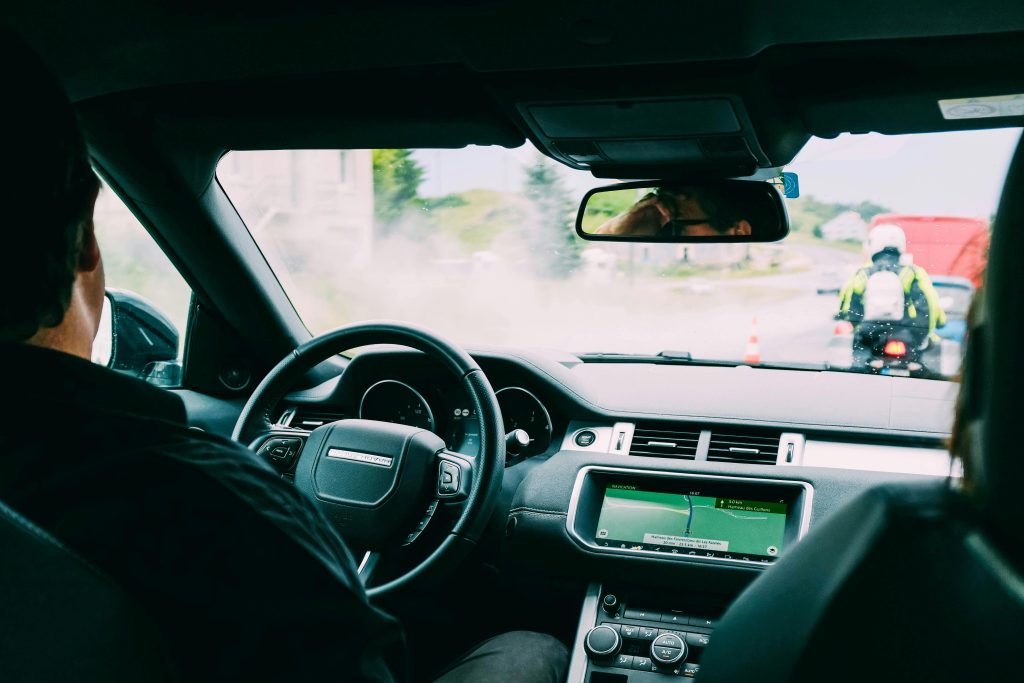
Driving adjustments to make:
- Slow down in bad weather or poor lighting
- Increase alertness in wildlife-prone or rural areas
- Watch for cyclists and pedestrians in urban zones
- Keep your lights on during rain, dusk, or dawn
Remember: The safest speed and style of driving is the one appropriate to the conditions.
6. Avoid Driving Fatigued
Driving tired can be as dangerous as driving under the influence.
Signs of driver fatigue:
- Yawning, heavy eyelids, or poor concentration
- Drifting across lanes
- Delayed reactions or missed signs
Prevent fatigue by:
- Getting 7–8 hours of sleep before long drives
- Taking breaks every 2 hours
- Sharing the drive if possible
- Pulling over for a nap if you feel drowsy
Alertness behind the wheel is non-negotiable.
7. Stay Sober Behind the Wheel
Alcohol and drugs (including prescription medication) impair reaction times and judgment.
Legal limits:
- 0.05 BAC for full licence holders
- 0.00 BAC for learners, P-platers, and some commercial drivers
Tips:
- Plan a designated driver
- Use ride-share or taxis
- Understand how long substances stay in your system before driving
Zero tolerance = zero risk. Don’t drive if you’re under the influence.
8. Maintain Your Vehicle Regularly
Safe driving starts with a reliable vehicle.

Regular maintenance includes:
- Tyre pressure and tread checks
- Brake, light, and indicator inspections
- Windshield wiper and fluid levels
- Servicing according to manufacturer guidelines
Bonus: A well-maintained vehicle performs better and saves fuel.
9. Be Aware of Vulnerable Road Users
Cyclists, pedestrians, and motorcyclists are more exposed and harder to see.
How to drive safely around them:
- Give cyclists at least 1–1.5 metres of space when passing
- Watch for pedestrians at crossings and intersections
- Check blind spots for motorbikes, especially when merging or changing lanes
- Use mirrors frequently in heavy foot traffic zones
Safety is everyone’s responsibility—look out for those around yo
10. Stay Calm and Courteous
Aggressive or impatient driving puts everyone at risk.
Tips for calm driving:
- Allow extra time for your journey
- Let faster traffic pass—don’t block lanes
- Don’t engage with road rage
- Use indicators, wave thanks, and respect other drivers
A calm driver is a safer driver.
Real-World Example: Safe Driving Saves Lives
Driver: Michelle, 42, daily commuter in Sydney
Situation: During a rainy morning drive, traffic stopped suddenly on the M5

Actions taken:
- Maintained a 3-second following distance
- Had well-maintained brakes and tyres
- Stayed alert with both hands on the wheel
- Avoided a potential multi-car pile-up with controlled braking
Outcome: A near-miss avoided, thanks to simple safety habits that paid off.
Conclusion
Road safety isn’t just about avoiding fines—it’s about protecting lives, including your own. By following these top tips, staying proactive, and making responsible decisions, you become part of the solution to safer roads across Australia.
At Drivion.com.au, we’re proud to support safer journeys through education, awareness, and the tools you need to drive with confidence. Remember: safe driving is smart driving.


